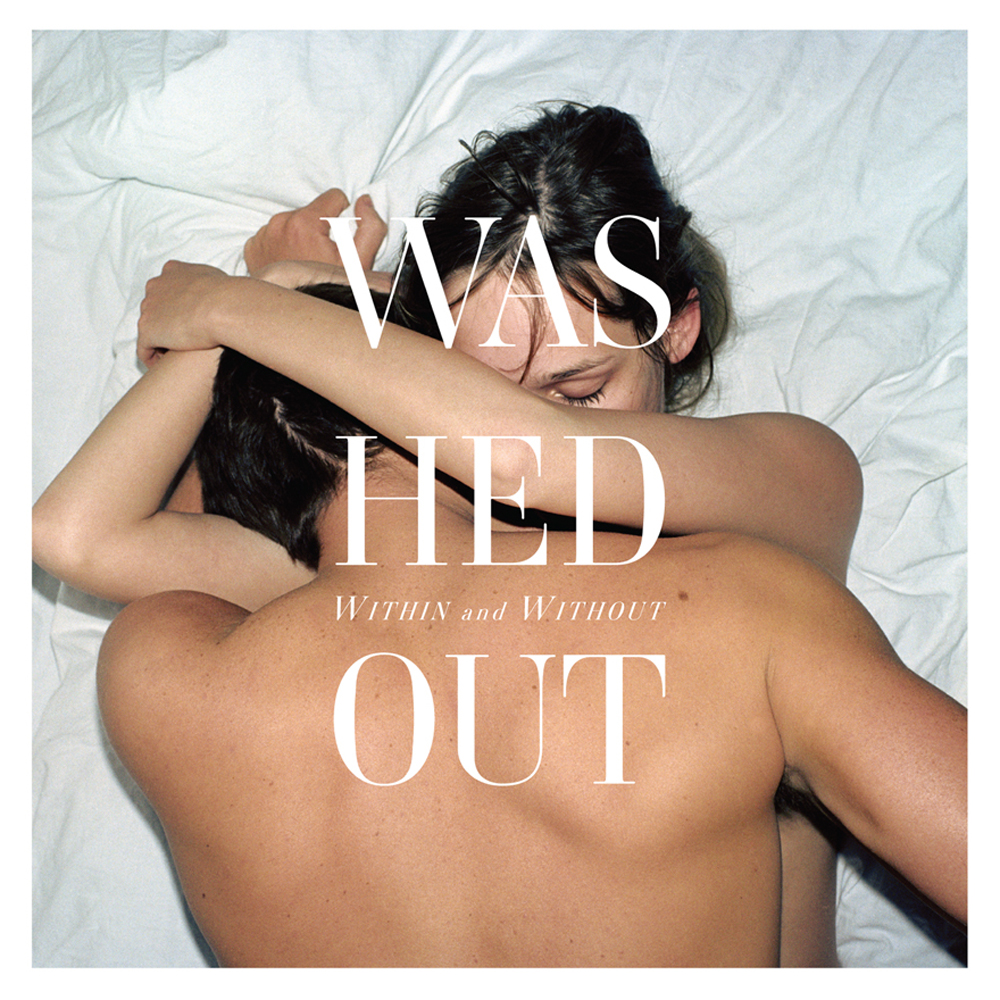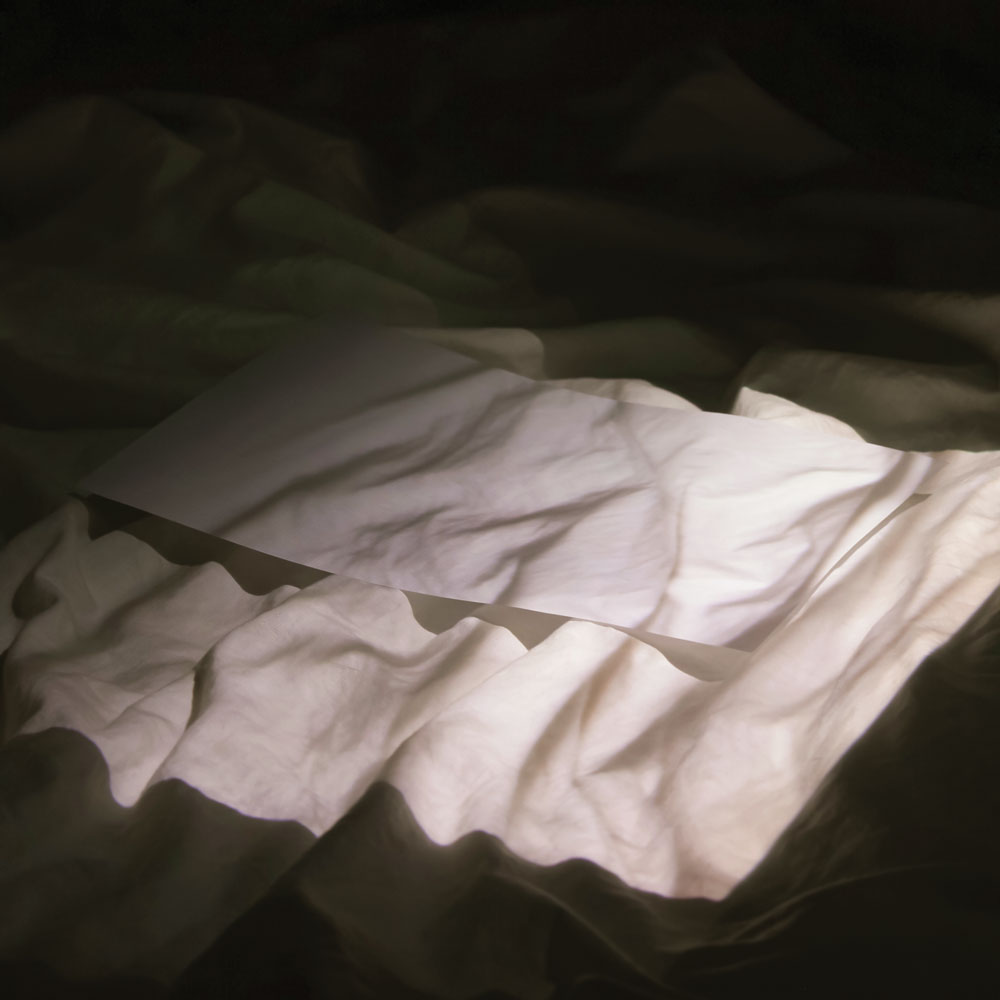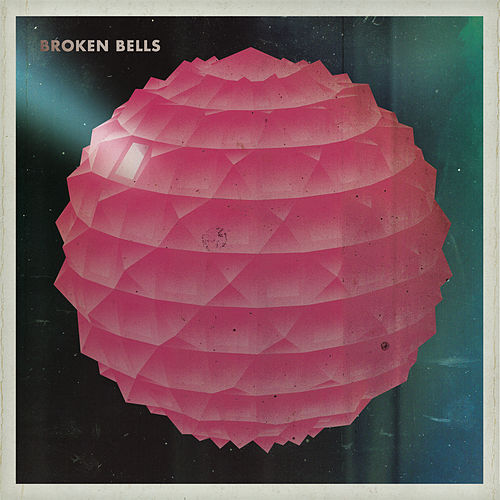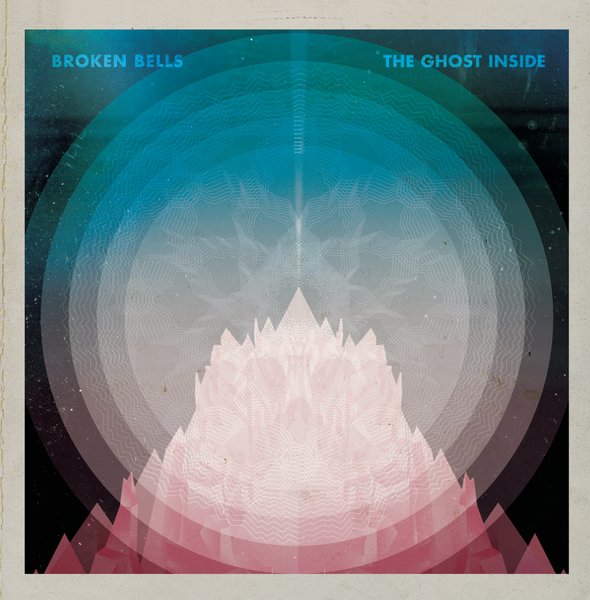
File this one under “This seems like something I should have known… but didn’t.”
This morning I was listening to the wonderful Seattle radio station KEXP online and heard a moody, grooving song by David Holmes called “Don’t Die Just Yet.”
(Holmes, you might know from being the musician, producer and DJ behind many film soundtracks including notably, Steven Soderbergh’s Out Of Sight and Ocean’s Eleven.)
As I was listening, I heard these amazing swelling strings and dueling distorted guitar solos that I noted out loud sounded exactly like Beck’s fantastic “Paper Tiger” from Sea Change, one of my favorite albums by Beck.
It was promptly pointed out that this Holmes remix incorporated bits of strings from Serge Gainsbourg’s song “Melody” and that it was a song that Beck and Sea Change producer Nigel Godrich had apparently openly aped for their own song.
[youtube]http://www.youtube.com/watch?v=2VoJMUpzAyI[/youtube]
I have been only somewhat aware of Serge Gainsbourg’s work on a very general level — I can recognize his musical style when I hear it, and have always enjoyed most of what I’ve heard. But I’ve never owned any albums by him so, up until now, I’ve never been overly familiar. But considering my fondness for Beck’s music, I was naturally a tad shocked that this song had eluded me.
I always love when hearing some random song takes you down this rabbit hole that presents an opportunity to discover new music and to dig into the Gainsbourg-sized gap in my musical knowledge.
“Melody” of course comes from the 1971 concept album, Histoire de Melody Nelson, in which Gainsbourg sleazily sings of a pseudo-autobiographical tale involving a car crash with the aforementioned Melody Nelson, a Lolita-esque teenage nymphet that he eventually seduces.
Histoire de Melody Nelson‘s mixes abrupt guitar, funky bass grooves and Gainsbourg’s distinctly lecherous spoken word vocal delivery all flourished with lush string and choral arrangements by Jean-Claude Vannier who composed almost all the music on the record.
According to the Wikipedia article, the album has “proven to be highly influential amongst later francophone and anglophone musical performers” including the Air, Pulp’s Jarvis Cocker, Portishead, and Beck.
A music video was made for each song on the incredibly short 28-minute album and eventually packaged together as a musical. Check out the video below for “Melody:”
[youtube]http://www.youtube.com/watch?v=7fGXkT485ic[/youtube]
How did I miss this one? How did I miss that more than obvious connection between Beck’s song and Gainsbourg’s? The world will never know.




















